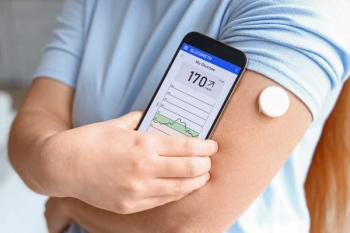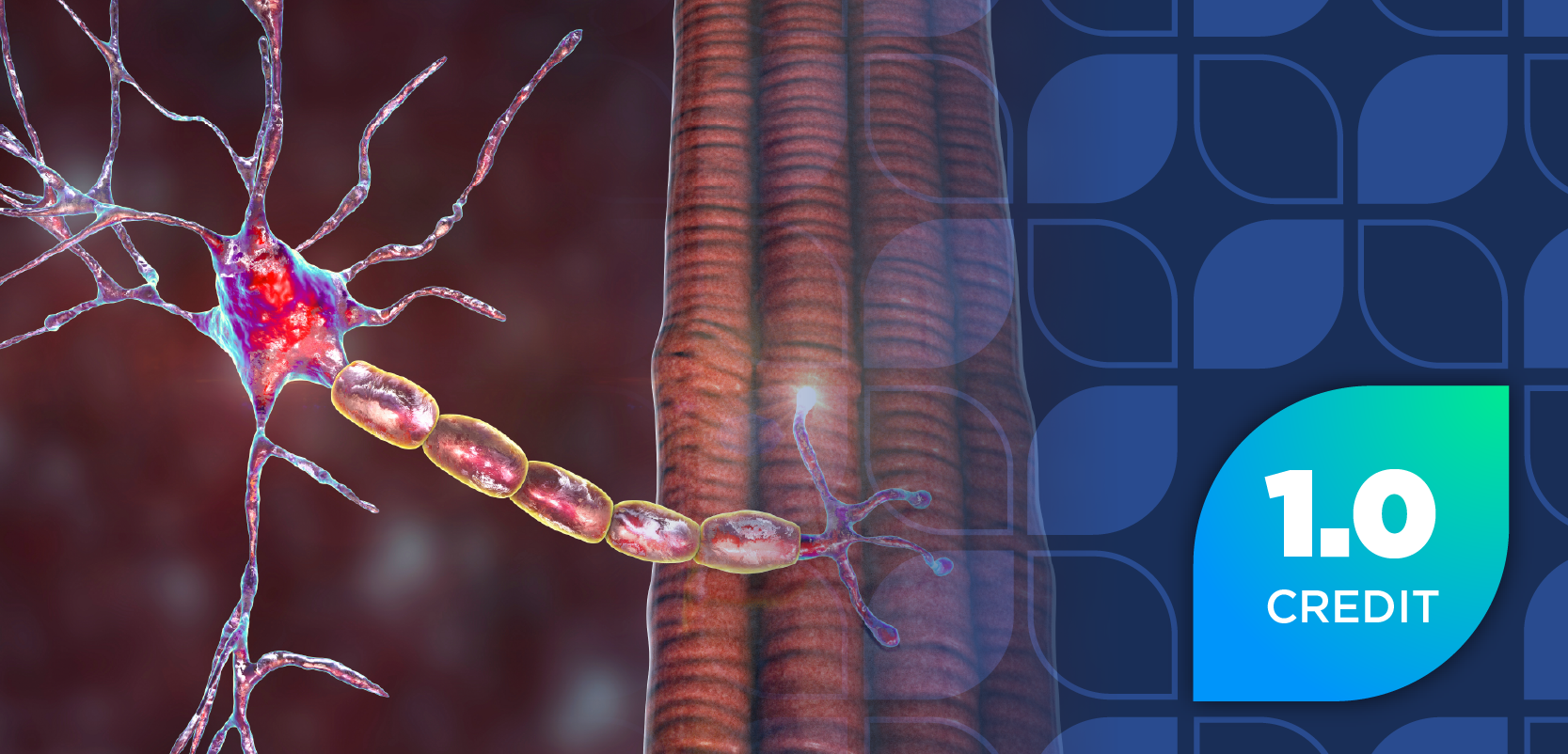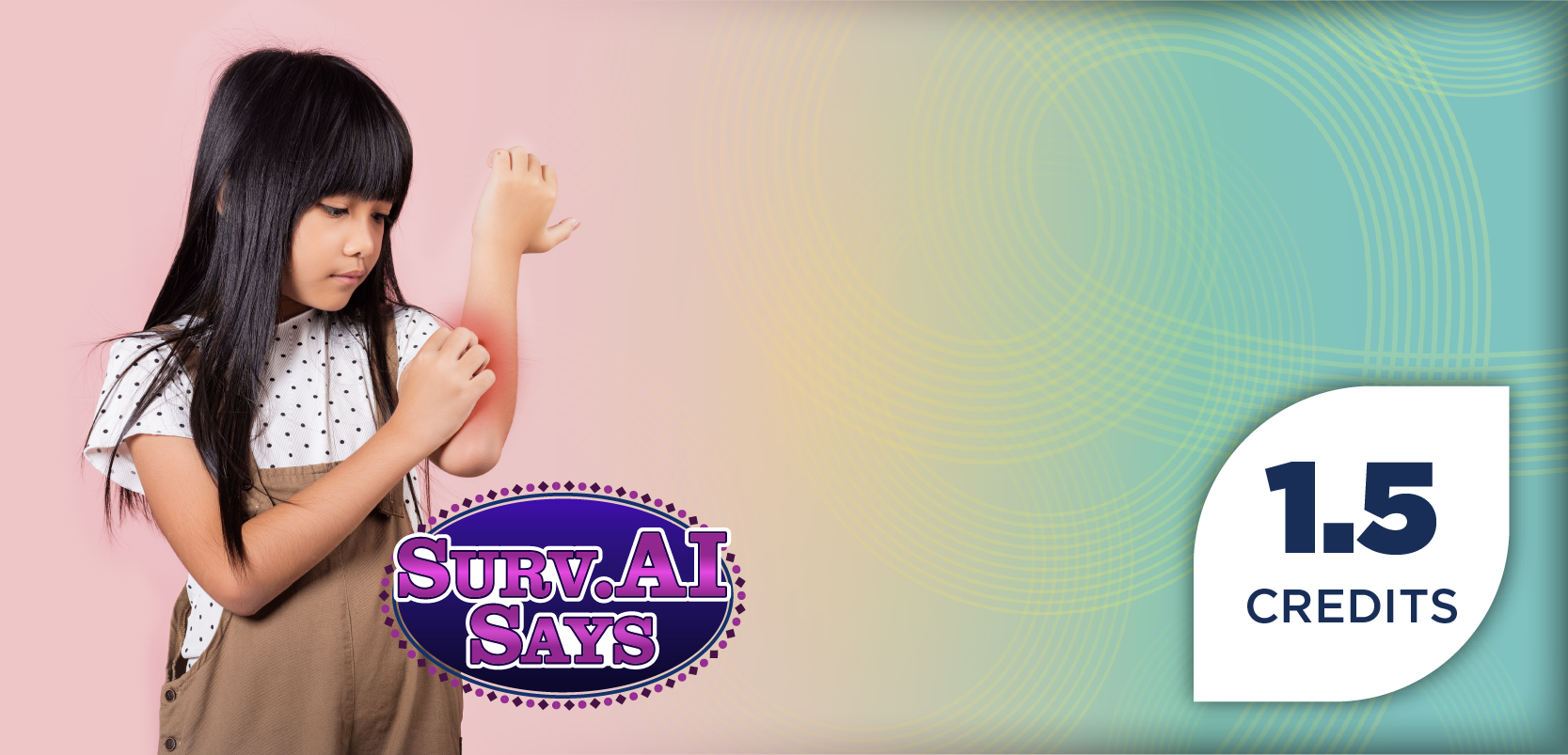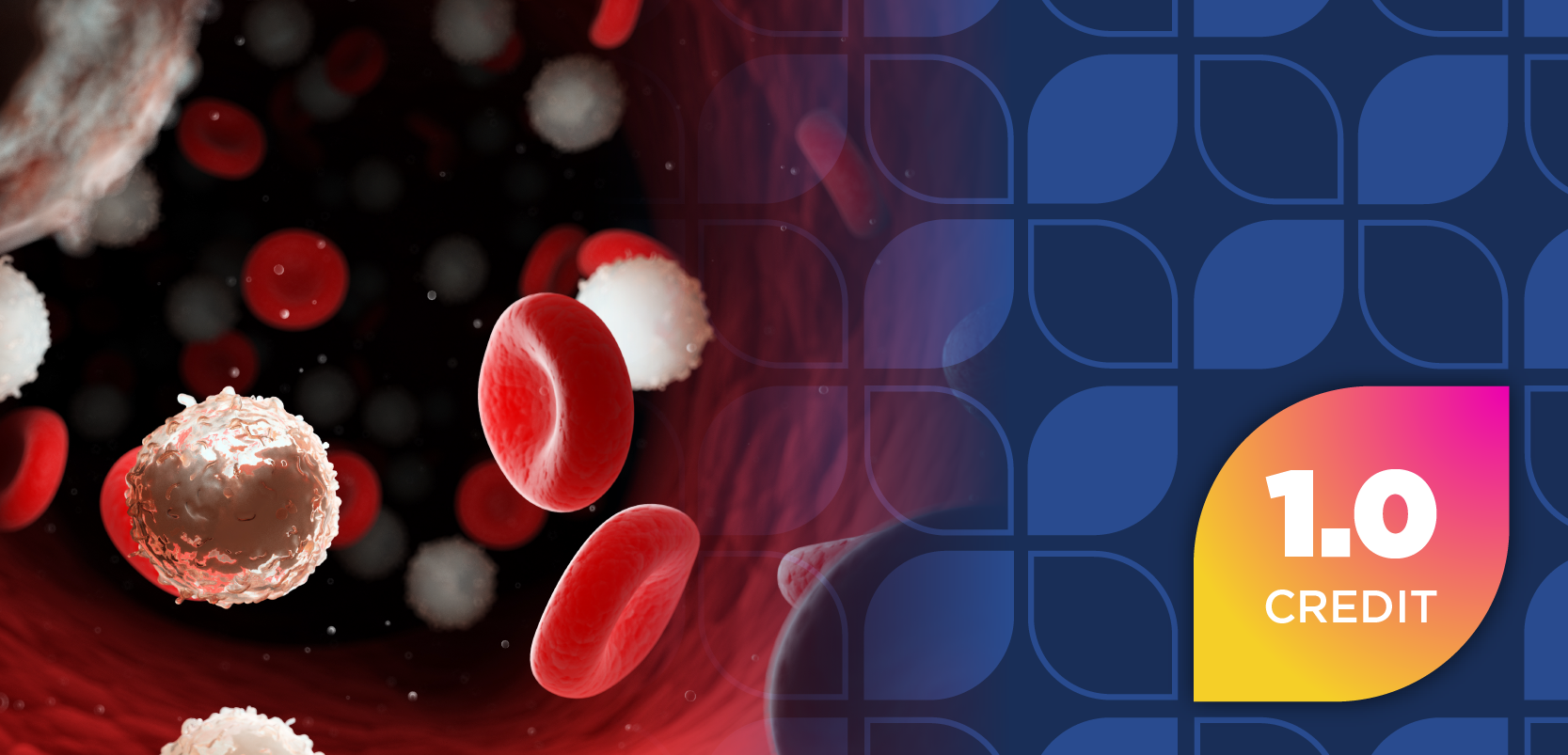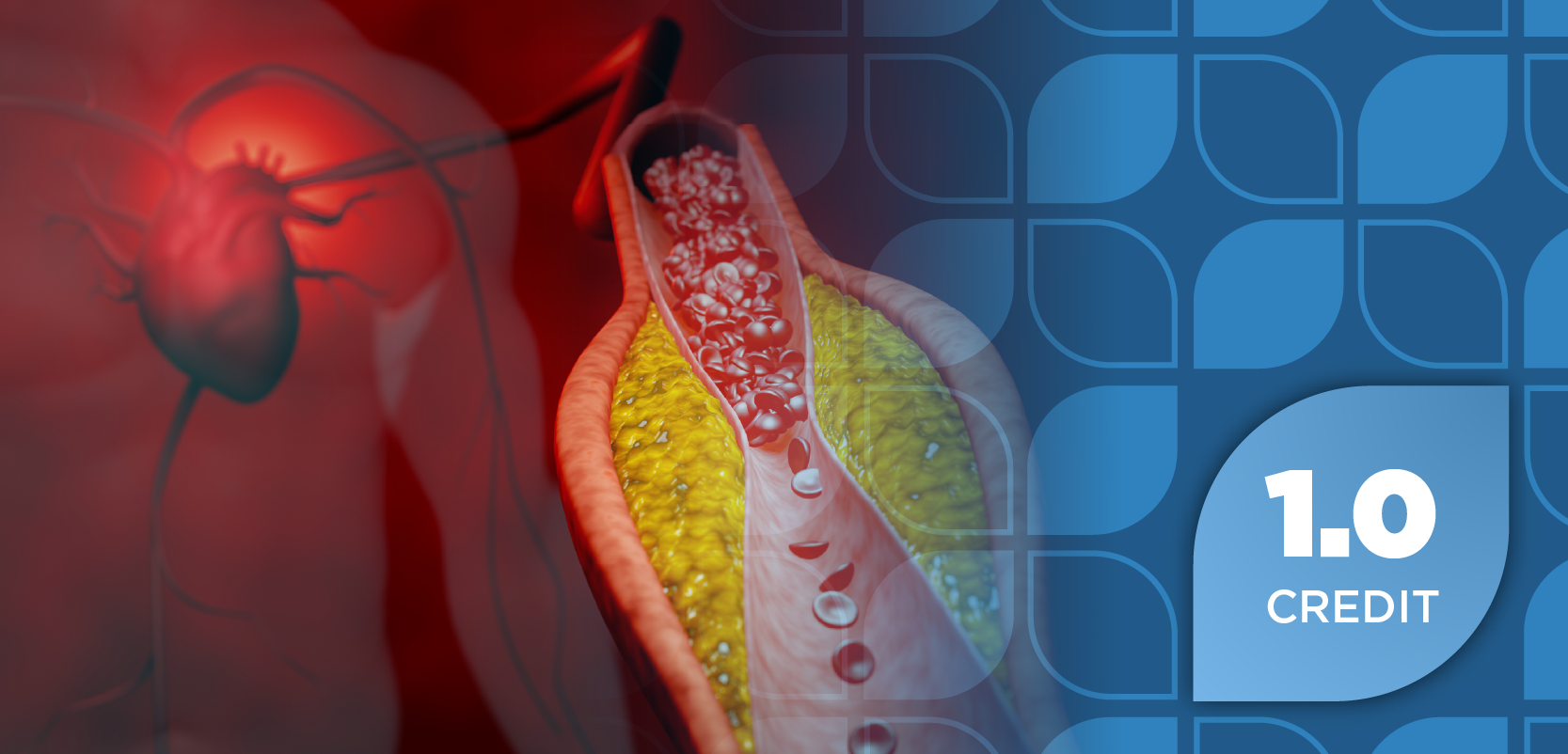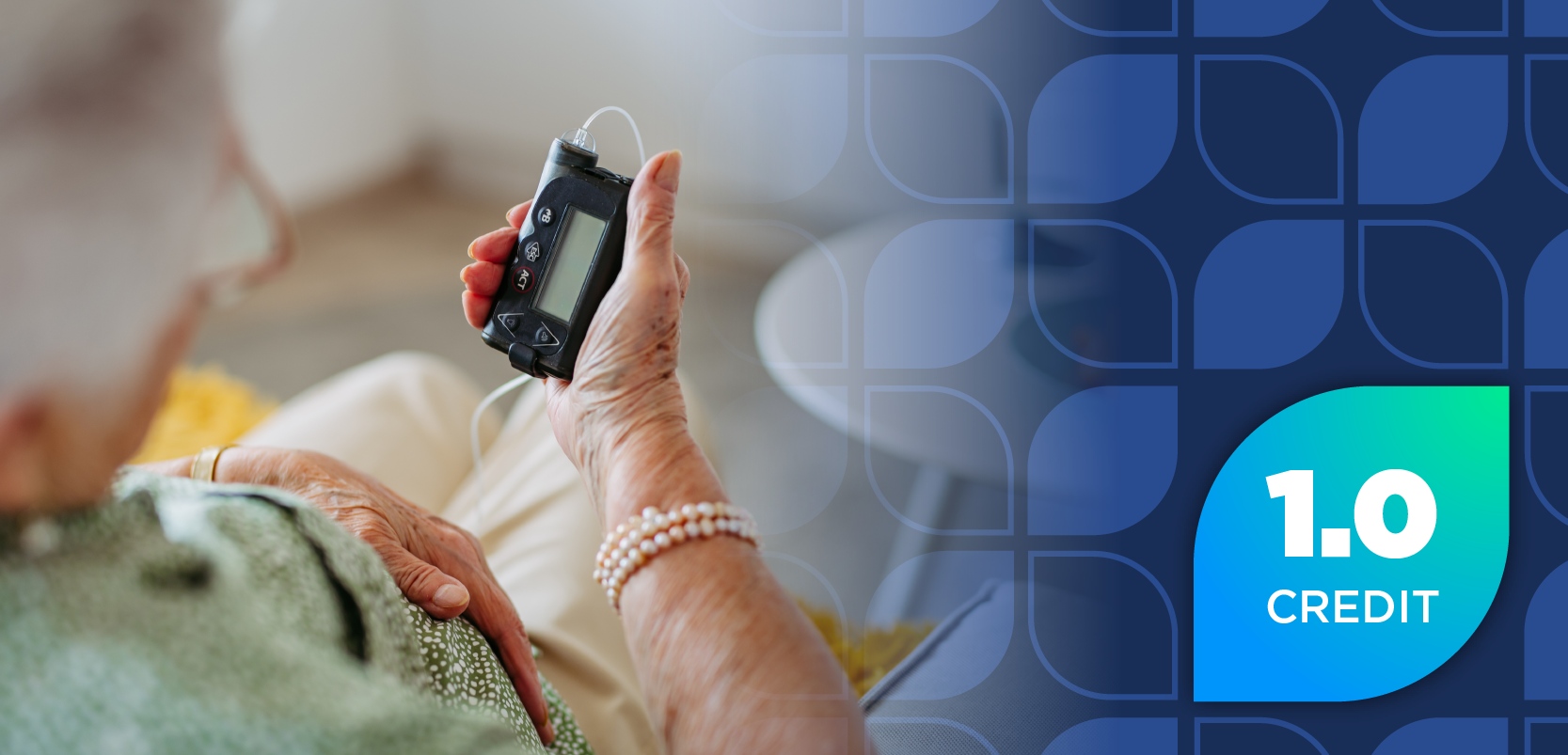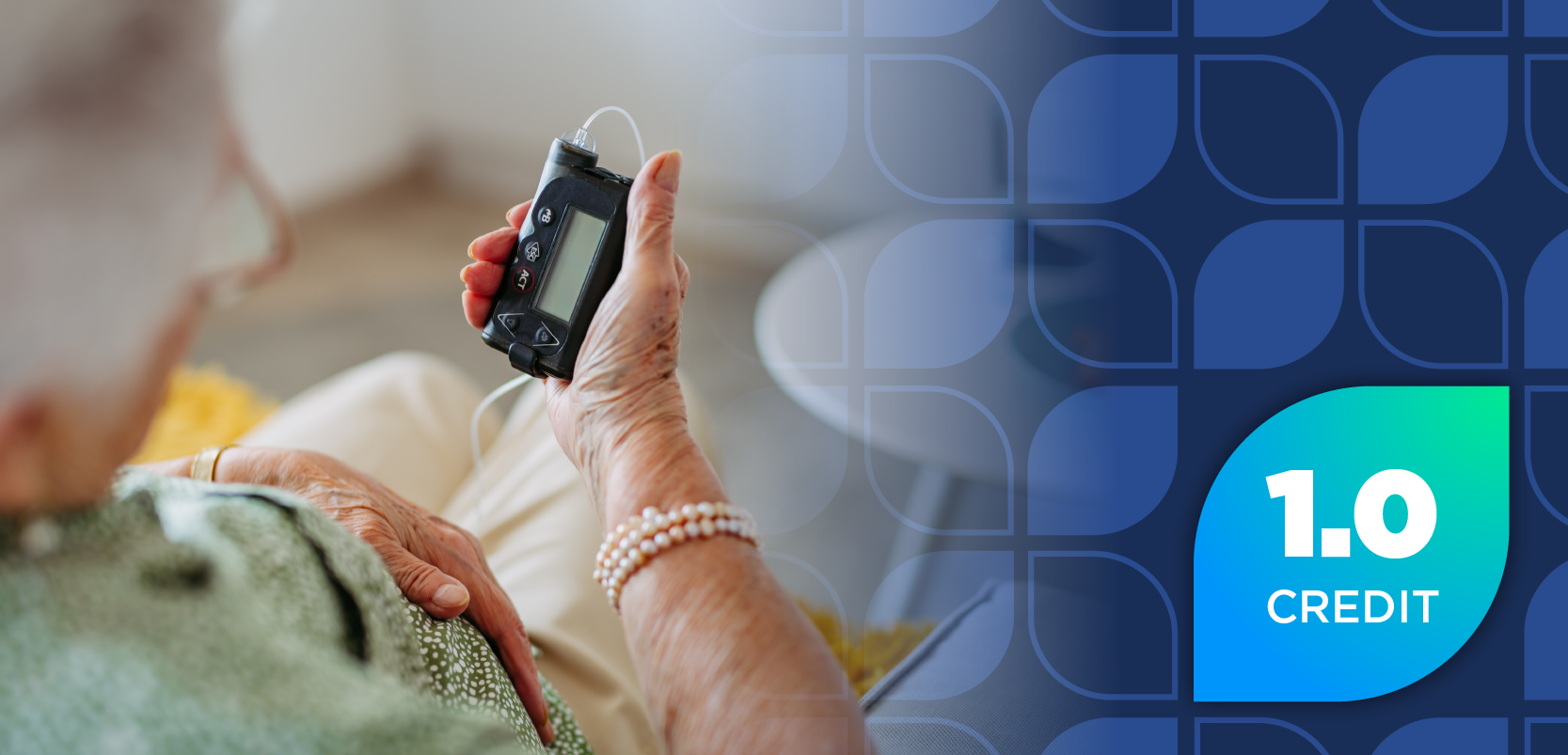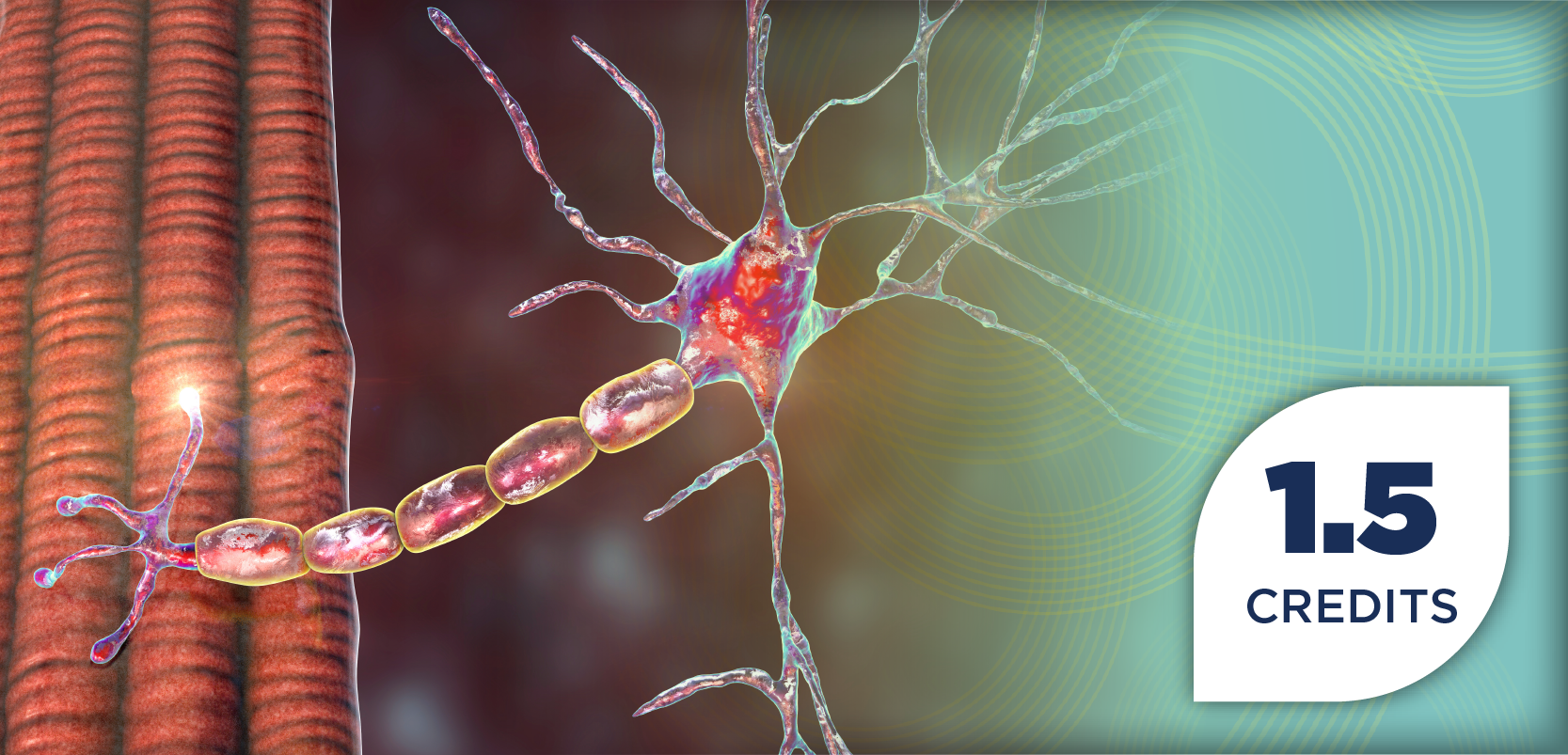
Navigating Pediatric Atopic Dermatitis: Insights Into Treatment, Challenges, and Care Considerations

Key Takeaways
- AD affects 9.6 million U.S. children, with African American and Hispanic populations disproportionately impacted. Symptoms often appear within the first year of life.
- Management includes identifying triggers, maintaining skin barrier integrity, and using topical corticosteroids, calcineurin inhibitors, and JAK inhibitors.
Atopic dermatitis significantly impacts quality of life, and requires personalized management through trigger identification, skin barrier maintenance, and a range of topical, oral, and biologic therapies to reduce symptoms and prevent flare-ups.
Atopic dermatitis (AD), a form of eczema, is characterized by pruritic erythematous lesions that commonly affect the face, neck, and scalp in infants, with older children often experiencing symptoms around the wrists or other body parts.1 The condition arises from a combination of genetic predisposition, immune dysregulation, and environmental triggers.1 Mutations in the FLG gene, vital for maintaining epidermal barrier integrity, are a major contributing factor, along with a family history of atopy.1 AD severely impacts a child’s quality of life, and it is a financial burden to caregivers. Caregivers have estimated the median annual out-of-pocket expenses to be $860, with nearly half reporting those to be more than $1000 per year.2 Costs are associated with nonprescription and prescription treatments; care coordination (specialized cleaning products, clothing, bedding); and poor disease control resulting in increased visits to the health care provider’s office and emergency department and increased hospitalization.2
Epidemiology
In the United States, 9.6 million children have AD, and one-third experience moderate to severe disease.3 African American and Hispanic children are disproportionately affected. Symptoms typically manifest within the first year of life, with 60% of cases presenting by this time and nearly all presenting by age 5 years.1 Children in urban or suburban areas exhibit higher prevalence rates than those in rural regions.4,5 Given the rising incidence, pharmacists must be well versed in the clinical management of AD to deliver high-quality care.
Prognosis
Of children diagnosed with AD, 25% will continue to be affected by the disease in adulthood, either as a continuous illness presentation or by having a relapse of symptoms after some symptom-free years.6 Approximately 75% of patients with childhood-onset AD will have their condition spontaneously cease before reaching adolescence.6
Patient Care and Treatment
Management Overview
Management of AD is complex and should be patient specific. Treatment should encompass nonprescription therapies to start, with prescription therapies added to treat uncontrolled disease. Management should focus on alleviating symptoms and preventing flare-ups and skin infections. Although there is no standard definition of an AD flare, the European Task Force on Atopic Dermatitis defines a flare as an acute, clinically significant worsening of signs and symptoms requiring therapeutic intervention.7
Identifying Triggers
It is essential to identify and manage common eczema triggers by keeping a trigger diary, which can help track patterns and potential flare-ups. Carefully reading product labels ensures that any ingredients that could irritate the skin are avoided. Additionally, using resources such as the National Eczema Association’s smartphone app and product directory can further support eczema management through personalized recommendations and up-to-date information on eczema-friendly products.
Skin Barrier Maintenance
Regular use of moisturizers and emollients is essential for maintaining the integrity of the skin barrier. By forming a protective layer over the stratum corneum, these products help prevent transepidermal water loss, which can reduce symptoms of itching, dryness, and inflammation. They also provide a defense against environmental irritants. Patients should apply moisturizers within 3 minutes of bathing for optimum effectiveness.8 They should avoid products containing fragrances or dyes, as these can exacerbate irritation and sensitization.8
Topicals are considered the first-line treatment for eczema due to their occlusive properties, though creams or skin barrier formulations may also be effective alternatives. Recommended ingredients include the following:
- Oat or shea butter
- Aloe vera
- Glycerin
- Hyaluronic acid
- Petrolatum
- Vitamin E
- Humectants
- Niacinamide
Topical Corticosteroids
Medium- to high-potency topical corticosteroids produce anti-inflammatory benefits by binding to glucocorticoid receptors in the epidermis and dermis, reducing pro-inflammatory cytokines and immune cell infiltration.9 These are first-line choices for flare-ups and acute symptom improvement.9 Wet-wrap therapy may also be useful during severe flares.9 Frequent or long-term use of topical corticosteroids is not recommended due to the potential for skin thinning or tachyphylaxis.
Targeted Therapies
Topical calcineurin inhibitors, such as tacrolimus ointment and pimecrolimus cream, are approved for pediatric use and to reduce inflammation by inhibiting T-cell activation.9 They are helpful for long-term management in attempts to avoid corticosteroid use in areas such as the face, neck, and skin folds.
Within the last decade, topical therapies have been approved and are in use for specific pro-inflammatory targets. Crisaborole (Eucrisa; Pfizer) and Roflumilast (Zoryve; Arcutis Biotherapeutics, Inc) block phosphodiesterase-4 in the skin, which makes them suitable for maintenance and flares.9
Ruxolitinib (Opzelura; Incyte Corporation) is a topical option that inhibits the Janus kinase (JAK) signal transducer and activators of transcription pathway. Approved for patients 12 years and older, it is another steroid-free option.9
Abrocitinib (Cibinqo; Pfizer) and upadacitinib (Rinvoq; AbbVie Inc) are oral JAK inhibitors for patients aged 12 and older. These are reasonable options for needle-phobic children or caregivers.9
Dupilumab (Dupixent; sanofi-aventis US LLC and Regeneron Pharmaceuticals, Inc) is an approved injectable available for children as young as 6 months. It targets interleukin (IL)-4 and IL-13 and has been shown to improve skin symptoms, reduce itching, and enhance quality of life.9
Tralokinumab-ldrm (Adbry; LEO Pharma Inc) and, more recently, lebrikizumab-lbkz (Ebglyss; Eli Lilly and Company) are IL-13 inhibitors approved for moderate to severe disease in patients aged 12 and older.9 Refer to Table 1 for dosing, adverse effects (AEs), and clinical pearls.
Clinical Pharmacist Impact
Having a clinical pharmacist within the interdisciplinary care team contributes valuable insights regarding medication or disease state management and patient/caregiver education. Pharmacists should be consulted during medication selection and throughout treatment to assist in patient monitoring and their progression toward meeting therapy goals. See Figure 1 for a summary of the information provided below.
Understanding the Treatment
Support patients and caregivers by providing counseling points and disease management strategies unique to them. Work with the prescriber to develop and monitor tailored therapy goals such as reducing affected body surface area, preventing or reducing flares, and reducing itchiness. Establish an Eczema Action Plan to ensure the patient or caregiver knows how to manage symptoms on a day-to-day basis and when they should contact the clinical team.20
Adherence and Time to Benefit
Discussions surrounding adherence and time to benefit are critical. Adherence to topical therapies drops to 30% within 8 weeks of treatment initiation, which leads to inadequate response, flares, and increased health care costs.21 Failure to administer appropriate topical therapy could lead to inappropriate or premature therapy escalation. With ruxolitinib, although a reduction in itchiness can be seen within a few days, meaningful itch relief was achieved for most patients at week 8, meaning consistent twice-daily use is necessary to see improved clinical outcomes.15
Identifying Barriers
Treatment barriers, such as steroid phobia and needle phobia, can significantly impact a patient’s willingness to follow prescribed treatment plans. Steroid phobia, often driven by fear of AEs, can be addressed using tools such as the TOPICOP scale, which helps assess the extent of fear and guide personalized education.22 Educational videos, followed by personalized oral discussions that address specific concerns and demonstrations on the correct application of topical steroids, can help patients feel more confident and informed.23 Similarly, needle phobia, which may deter patients from receiving injectable treatments, can be managed through open discussions about the dosing schedule and the benefits of injections. Sharing firsthand experiences, teaching through appointments, and providing in-office injections under professional supervision can ease patients’ fear and make them more comfortable with their treatment regimen.
Complex Regimen Support
When adherence to rigorous topical administration routines becomes burdensome, the injectable biologics offer some relief, as they are administered less frequently. However, the time to benefit may be longer, which may cause periods of discomfort and necessitate dual or bridge therapy. Symptoms may improve within 2 to 4 weeks of the first dupilumab injection. However, it is recommended that patients continue for at least 16 weeks before discontinuing due to lack of efficacy.24
Clinical Management and Monitoring
To aid in clinical management, pharmacists should document actual start dates, current adherence, and disease-specific outcomes. Outcomes such as number of flares and Eczema Area and Severity Index scores should be integrated into clinical assessments to properly track treatment efficacy over time. If medication efficacy is in question, the pharmacist should perform an evaluation to determine why.
Treating the Whole Patient
AD profoundly impacts the quality of life (QOL) of children and their caregivers. Children with AD report worse QOL than their peers without the condition, with disease severity correlating strongly with these impairments. Caregivers of children with severe AD experience higher levels of anxiety, depression, and physical exhaustion, often due to sleep disturbances and the constant demands of managing the condition.25-27
The psychological burden extends beyond physical symptoms to affect mental and emotional well-being. Children with severe AD are at higher risk for developing mental health challenges, including depression and anxiety. Even children with mild AD may exhibit internalizing behaviors (eg, anxiety) as early as age 4. Sleep disturbances are a key factor mediating the relationship between AD severity and mental health issues, suggesting that improving sleep quality may help mitigate some of these challenges. This underscores the importance of addressing mental health as part of comprehensive AD management.27
Support for Patients and Caregivers
Numerous support groups are available, allowing patients and caregivers to share their firsthand experiences and treatment insights through virtual or in-person meetings, online platforms, or social media.28 Patients and caregivers can find additional information through organizations such as the National Eczema Association, Eczema Exchange, Global Parents for Eczema Research, and the Asthma and Allergy Foundation of America.29
Conclusion
Clinical pharmacists are pivotal in the management of pediatric AD by optimizing therapy, enhancing adherence, and addressing the psychosocial burden on families. Their expertise ensures better outcomes for patients and caregivers alike.
REFERENCES
Frazier W, Bhardwaj N. Atopic dermatitis: diagnosis and treatment. Am Fam Physician. 2020;101(10):590-598. Accessed December 4, 2024. https://www.aafp.org/pubs/afp/issues/2020/0515/p590.html
Chovatiya R, Begolka WS, Thibau IJ, Silverberg JI. The financial burden of out-of-pocket health care expenses on caregivers of children with atopic dermatitis in the United States. Skin Health Dis. 2022;3(1):e191. doi:10.1002/ski2.191
Eczema stats. National Eczema Association. Accessed December 4, 2024. https://nationaleczema.org/research/eczema-facts/
Silverberg JI, Barbarot S, Gadkari A, et al. Atopic dermatitis in the pediatric population: a cross-sectional, international epidemiologic study. Ann Allergy Asthma Immunol. 2021;126(4):417-428.e2. doi:10.1016/j.anai.2020.12.020
Hadi HA, Tarmizi AI, Khalid KA, Gajdács M, Aslam A, Jamshed S. The epidemiology and global burden of atopic dermatitis: a narrative review. Life (Basel). 2021;11(9):936. doi:10.3390/life11090936
Flohr C, Mann J. New insights into the epidemiology of childhood atopic dermatitis. Allergy. 2014;69(1):3-16. doi:10.1111/all.12270
Wollenberg A, Christen-Zäch S, Taieb A, et al; European Task Force on Atopic Dermatitis/EADV Eczema Task Force. ETFAD/EADV Eczema Task Force 2020 position paper on diagnosis and treatment of atopic dermatitis in adults and children. J Eur Acad Dermatol Venereol. 2020;34(12):2717-2744. doi:10.1111/jdv.16892
Moisturizer and lotion for eczema: everything you need to know. National Eczema Association. Accessed November 14, 2024. https://nationaleczema.org/eczema/treatment/moisturizing/
Treatment of atopic dermatitis. American Academy of Pediatrics. Updated June 11, 2021. Accessed December 4, 2024. https://www.aap.org/en/patient-care/atopic-dermatitis/treatment-of-atopic-dermatitis/?srsltid=AfmBOopkGEPPEQBBIfllMiVtAc5nWWtGcEq7XKcgWeRnegTWWwmQa5VK
Protopic. Prescribing information. Leo Pharma Inc; 2019. Accessed December 5, 2024. https://mc-df05ef79-e68e-4c65-8ea2-953494-cdn-endpoint.azureedge.net/-/media/corporatecommunications/us/therapeutic-expertise/our-product/protopicpi.pdf?rev=5aefeef3592f453e9cc4784ce98672ac
Elidel. Prescribing information. Valeant Pharmaceuticals North America LLC; 2014. Accessed December 5, 2024. https://www.accessdata.fda.gov/drugsatfda_docs/label/2006/021302s011lbl.pdf
Eucrisa. Prescribing information. Pfizer; 2023. Accessed December 5, 2024. https://www.pfizermedicalinformation.com/en-us/eucrisa/highlights
Zoryve. Prescribing information. Arcutis Biotherapeutics, Inc; 2024. Accessed December 5, 2024. https://www.arcutis.com/wp-content/uploads/USPPI-roflumilast-cream.pdf
Opzelura. Prescribing information. Incyte Corporation; 2024. Accessed December 5, 2024. https://www.opzelura.com/opzelura-prescribing-information
Cibinqo. Prescribing information. Pfizer; 2022. Accessed December 5, 2024. https://cdn.pfizer.com/pfizercom/USPI_Med_Guide_CIBINQO_Abrocitinib_tablet.pdf
Rinvoq. Prescribing information. AbbVie Inc; 2019. Accessed December 5, 2024. https://www.accessdata.fda.gov/scripts/cder/daf/index.cfm?event=overview.process&ApplNo=211675
Dupixent. Prescribing information. Regeneron Pharmaceuticals, Inc; 2024. Accessed December 5, 2024. https://www.regeneron.com/downloads/dupixent_fpi.pdf
Adbry. Prescribing information. LEO Pharma Inc; 2023. Accessed December 5, 2024. https://www.accessdata.fda.gov/drugsatfda_docs/label/2024/761180s006lbl.pdf
Ebglyss. Prescribing information. Eli Lilly and Company; 2024. Accessed December 5, 2024. https://pi.lilly.com/us/ebglyss-uspi.pdf?s=pi
Your eczema action plan. Pfizer. Accessed December 5, 2024. https://www.personalempowermentportal.com/files/08-1-PP-CRI-USA-2813-Your-Atopic-Dermatitis-Action-Plan-M04R.pdf.
Patel N, Feldman SR. Adherence in atopic dermatitis. Adv Exp Med Biol. 2017;1027:139-159. doi:10.1007/978-3-319-64804-0_12
Eicher L, Knop M, Aszodi N, Senner S, French LE, Wollenberg A. A systematic review of factors influencing treatment adherence in chronic inflammatory skin disease – strategies for optimizing treatment outcomes. J Eur Acad Dermatol Venereol. 2019;33(12):2253-2263. doi:10.1111/jdv.15913
Tier HL, Balogh EA, Bashyam AM, et al. Tolerability of and adherence to topical treatments in atopic dermatitis: a narrative review. Dermatol Ther (Heidelb). 2021;11(2):415-431. doi:10.1007/s13555-021-00500-4
Li AW, Yin ES, Antaya RJ. Topical corticosteroid phobia in atopic dermatitis: a systematic review. JAMA Dermatol. 2017;153(10):1036-1042. doi:10.1001/jamadermatol.2017.2437
Contento M, Cline A, Russo M. Steroid phobia: a review of prevalence, risk factors, and interventions. Am J Clin Dermatol. 2021;22(6):837-851. doi:10.1007/s40257-021-00623-6
Combating moderate-to-severe pediatric atopic dermatitis: considerations for pharmacists. PowerPak. Accessed December 4, 2024. https://www.powerpak.com/course/print/123877
Langan SM, Luntamo M, Packham C, et al. The impact of atopic dermatitis on the quality of life of children and caregivers. Dermatology. 2023;244(5):555-563. doi:10.1007/s00403-023-02544-2
Pradhan S, Samuel B, Gupta K, et al. Quality of life and the impact of atopic dermatitis on families. J Clin Dermatol. 2023;13(6):1700-1705. doi:10.3390/jcd13061700
Hughes E, Connelly A, Gokhale A, et al. The relationship between atopic dermatitis and caregiver health: a cross-sectional study. JAMA Dermatol. 2023;159(8):850-856. doi:10.1001/jamadermatol.2023.0202
Newsletter
Stay informed on drug updates, treatment guidelines, and pharmacy practice trends—subscribe to Pharmacy Times for weekly clinical insights.


